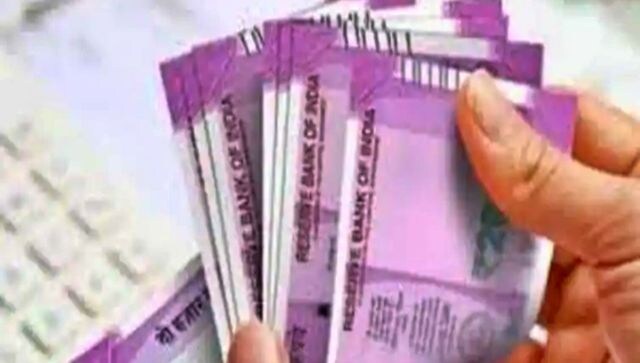NBFCs, personal and corporate loans lead credit growth in India; details here
Bank loans to NBFCs have been constantly rising at a time when corporate bond yields have substantially increased due to expectations that the RBI will continue to raise the repo rate from its present level.

Representational Image. News18
The Reserve Bank of India’s most recent report on loan growth revealed that as of October 2021, gross bank credit surged by almost 18 percent year on year to reach almost Rs 129 trillion. Large corporations, housing loans, loans to MSMEs and retail customers through non-banking financial companies (NBFCs) and credit growth were significant contributors. Loans to industry surged by about 14 percent, loans to the services sector by almost 23 percent, and personal loans by 20.2 percent year-over-year. Analysts predict that in FY23 credit growth will continue to be in the double digits, thanks to increases in personal and commercial working capital loans.
With reduced corporate stress and a substantial provisional buffer, the medium-term prospects (credit growth) seem positive. However, inflation continues to be a major concern. Though hawkish policies have helped the RBI contain domestic inflation to a certain extent, it has continued to be high globally. This might result in problems with global demand that have second-order effects in India.
As of October 2021, bank loans to NBFCs had jumped 38 percent year-on-year as NBFCs continued to favour bank interest rates over those on the capital market. The most recent RBI data on sectoral credit deployment indicated that among particular NBFCs, loans to home finance businesses increased by 20.3 percent and loans to public finance institutions by roughly 86 percent. Loans to non-bank lenders grew by about 31 percent YoY in September, reaching Rs 12 trillion. As of October 2021, there were roughly Rs 12.6 trillion in total bank loans to NBFCs.
According to Jindal Haria, financial institutions director of India Ratings, the capital market drastically reduced its commitment to NBFCs following the liquidity crisis, and it has kept doing so throughout COVID-19 as well. Banks are stepping up since the capital market is not accepting exposure to NBFCs. Banks also aim to boost balance-sheet lending and co-lending. They are attempting to establish as many connections with NBFCs as they can.
Bank loans to NBFCs have been constantly rising at a time when corporate bond yields have substantially increased due to expectations that the RBI will continue to raise the repo rate from its present level. The repo rate is expected to increase by an additional 35 basis points by the RBI in its December monetary policy, which would result in rising borrowing costs for NBFCs.
Read all the Latest News, Trending News, Cricket News, Bollywood News,
India News and Entertainment News here. Follow us on Facebook, Twitter and Instagram.
also read

Want to withdraw cash from ATMs using UPI applications? Here’s the process
There won't be any extra charges for UPI-enabled cardless cash withdrawals from ATMs.

With war in Europe, world encounters food, energy crisis: RBI Governor Shaktikanta Das
Shaktikanta Das also said that the COVID-19 pandemic crisis created an opportunity to explore and harness the power of big data and strengthen direct feedback mechanisms while working from home

What is PM SVANidhi Scheme? Check loan structure and application process here
The person must have an Aadhaar Card and a valid active bank account to apply for a loan under the PM SVANidhi Scheme
